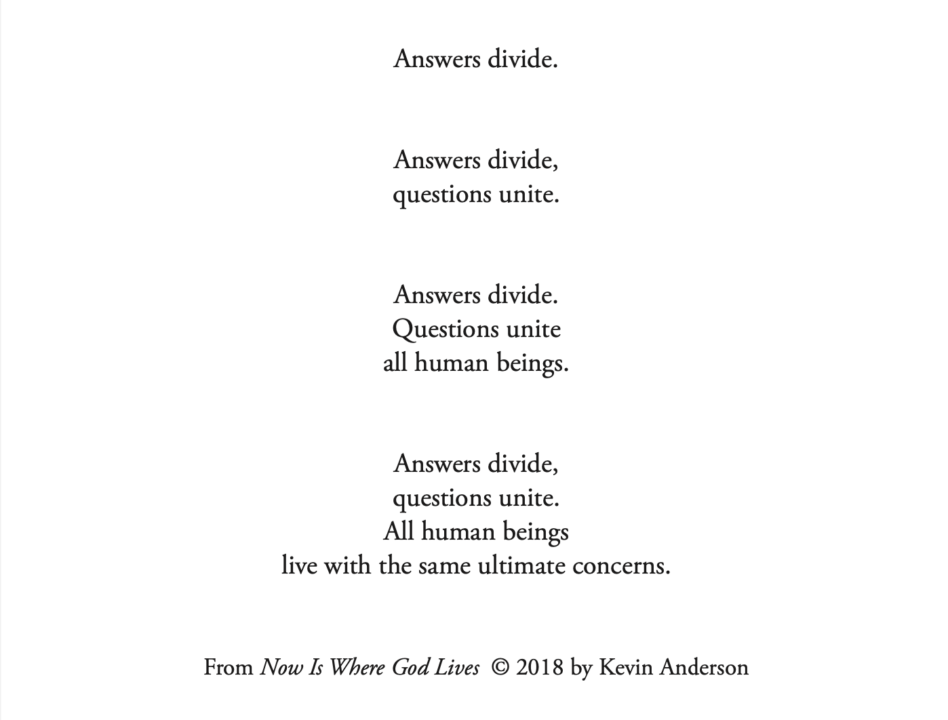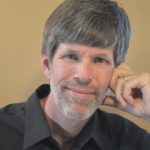The Soul of Therapy
Nature’s Image for the Universal Oneness of Humanity
Mike_Pellinni/Getty
If we’re all one interconnected humanity, what’s our common root system? Do we exist in a state of universal oneness?
The world’s largest living organism weighs approximately 6600 tons and may be up to 80,000 years old. It exists in a state of universal oneness.
It is the Pando quaking aspen grove in Colorado—a single tree appearing to be about 50,000 separate trees over an area of 108 acres. “Pando” comes from a Latin word meaning “to spread.” All of the apparently separate trees in the grove are connected to one root system and constitute one living organism.
I don’t know if trees have anything like what we would consider consciousness. If I were a quaking aspen tree I’d probably look around and think I was one individual surrounded by lots of other individuals. The massive singular root system that connects the individual tree clones is hidden so it would be easy for an aspen tree to live with an illusion that it has a separate self.
I’ve heard spiritual teachings for years about “no separate self,” but when that cord is cut just after the moment of birth, it sure seems like we’re distinct and separate from every other human being. If we’re all one interconnected humanity, what’s our common root system?
Perhaps we’re all small tributaries connected to a Great Stream ...
The Universal Oneness of Humanity
I wonder if our consciousness might be our common root system. We think our mind is separate from every other person’s, but what if human consciousness is more like one light shining through billions of different prisms? In my office I have an old Lite-Brite. Maybe you remember that childhood toy. You put lots of colored pegs through a perforated board to make a shape that lights up. The finished product appears to be lots of separate lights, but there’s only one light behind the screen shining through all the pegs.
Larry Dossey, MD, has explored this idea in his intriguing book One Mind. We think of our brains as the producers of consciousness, but what if they are more like radio receivers? What if our thoughts, creativity, and even our nighttime dreams come to us and through us from a Great Stream of Consciousness? Perhaps we’re all small tributaries connected to a Great Stream in much the way each apparently separate tree in Pando is connected to every other.
I don’t feel bad or unenlightened about walking around much of the time feeling like a separate self. Even if I am an expression of a larger consciousness that connects us all, I still have to brush my own teeth, eat healthy food, pay my own bills, and so on. Each tree in Pando has to put out its leaves in spring, photosynthesize, grow, and drop its leaves in fall. But who is doing that—the individual tree or Pando? Who is living my life? Me or The Great Stream flowing through me?
Each tree in Pando cannot sever itself from the collective. It seems, however, that human beings have a choice. When we live as if we are separate, we create that reality. We become prone to seeing others primarily as competitors. We get preoccupied about which kind of people, religions, or skin tones are better than others. If, on the other hand, we cultivate a Pando mentality regarding being human, we can see humanity as One and live for the collective as a universal oneness. We see in others the same life energy we experience in ourselves. We know that when we do unto others, we do unto ourselves.
This nested meditation, inspired by Elie Wiesel’s line “Answers divide, questions unite,” expresses something of one common human experience flowing through us all:

Keep reading: “An Old and Surprisingly Helpful Definition of Sin.”






